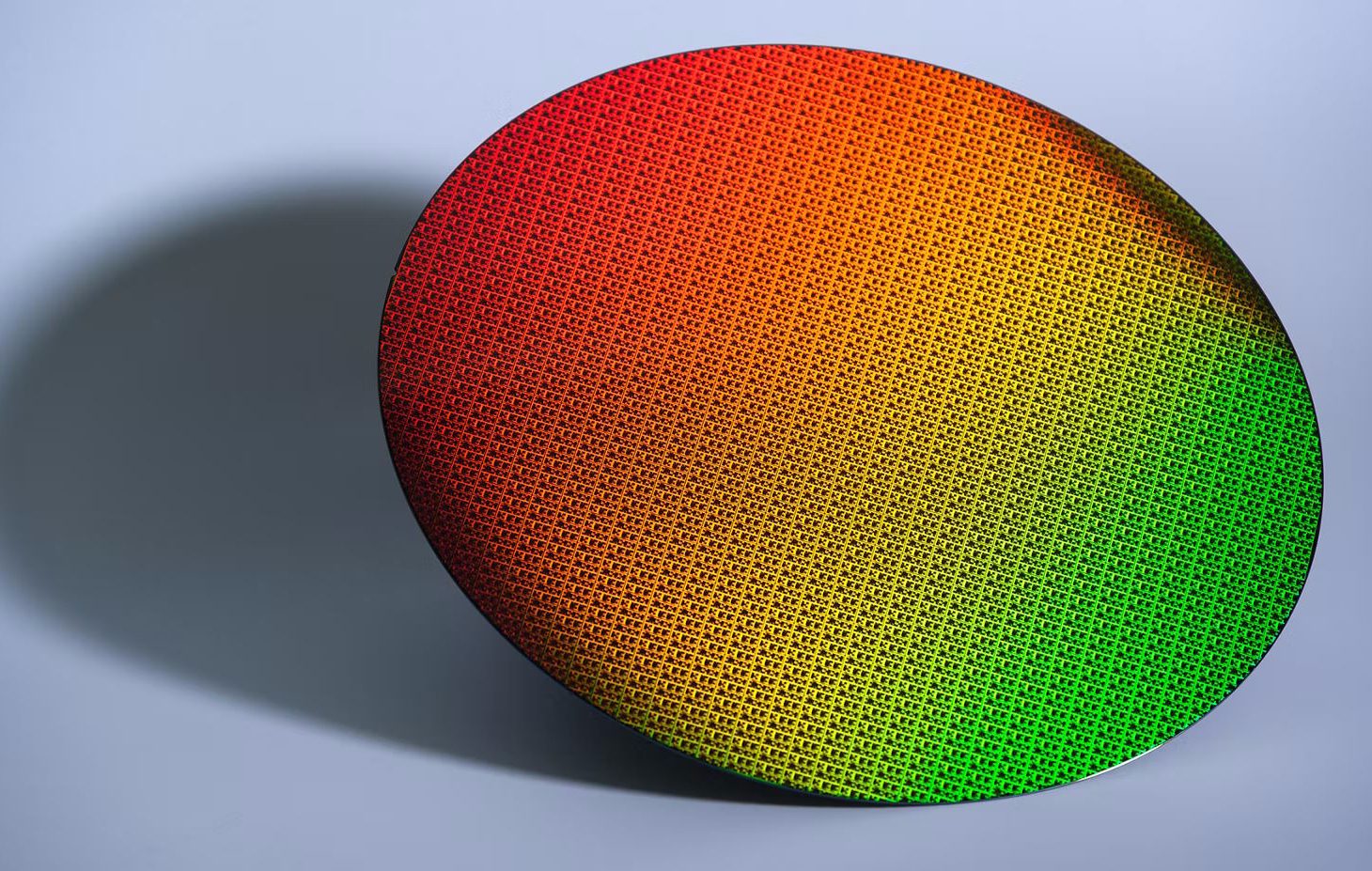The two future chip production nodes of respective Intel and TSMC promise interesting competition. TSMC is said to achieve the highest transistor density, while Intel has an edge in terms of pure performance.
Both Intel and TSMC are tinkering with their next advanced production lines for microchips. For Intel, that will be the Intel 18A process, referring to 18 Angstrom or 1.8 nm. That size is indicative of certain structures on the microchip and not the (larger) transistors themselves. Interpret it very briefly as a kind of resolution of the production mode.
TSMC is working on its N2 process, which refers to 2 nm. Because the size is not based on a clear standard, it does not mean that Intel 18A necessarily has smaller components than TSMC N2. It does indicate that the two nodes will be close in size.
Analysis by TechInsights and SemiWiki now shows where the similarities differ. For node downsizing, TSMC and Intel are initially making some similar choices.
GAAFET
For starters, both chip manufacturers are moving away from FinFET transistors in favor of nanosheet. FinFET runs into its limits at that small scale, and nanosheet (GAAFET) allows higher efficiency and scalability.
The nodes should make chips at both TSMC and Intel more efficient. That makes sense: smaller components on chips make for smaller transistors, and those use less power. TSMC sees a 30 percent drop in power consumption versus 3nm. For Intel 18A, the figures are not known.
The anticipated timing is similar. Both parties expect to finish volume production this year. TSMC is already achieving yields of more than 80 percent for SRAM at 2 nm. Intel’s are unknown, but are also said to be high despite rumors.
Performance vs. density
There are also important differences. For example, TSMC achieves a much higher density with N2 than Intel does with 18A (238 MTx/mm² vs. 313 MTx/mm² – million transistors per square millimeter). Conversely, reports suggest that Intel 18A is the performance champion, with the highest performing node in the 2 NM class. TSMC follows in second place.
Intel is opting for Backside Power Delivery (BPD) for this node, but TSMC is delaying that move for a while. The future A16 node does need to embrace BPD, but it is only scheduled for within one to two years. BPD also provides efficiency gains.
Aligned
Both nodes will be rivals. If Intel can maintain its timing, that’s good news. TSMC had a technological lead over Intel in recent years, but with 18A, the company promises to play catch-up. Passing TSMC, however, will not succeed. Intel has advantages in terms of performance, TSMC in terms of density.
To know what that means, we have to wait for competing chips to roll off the respective tires. In this case, we are talking about new Intel processors, which will compete with a new generation of CPUs from AMD.
